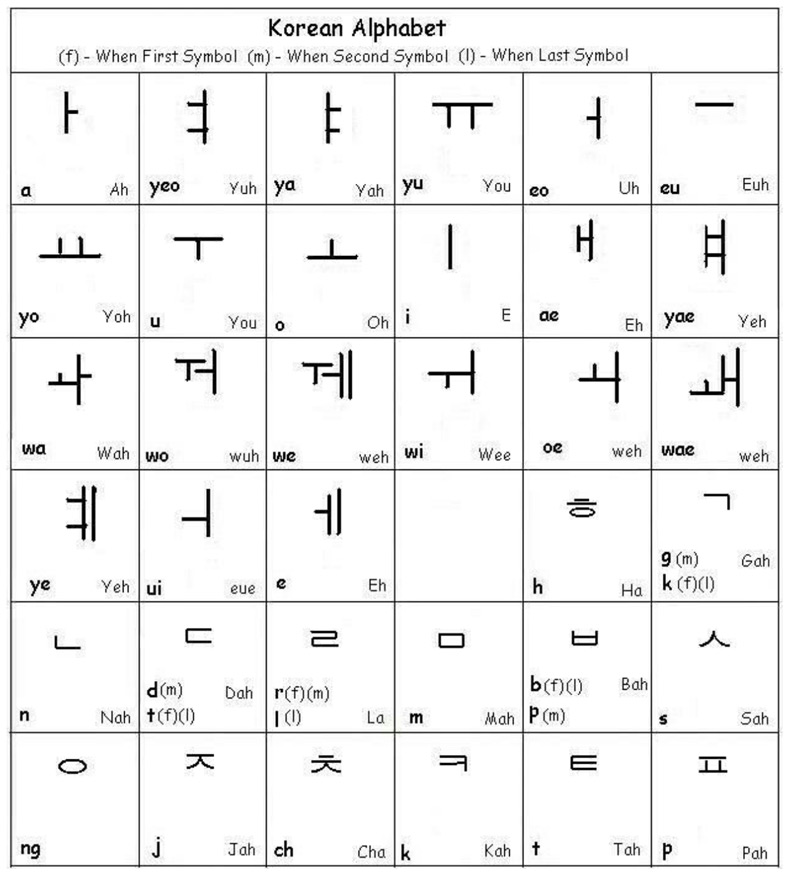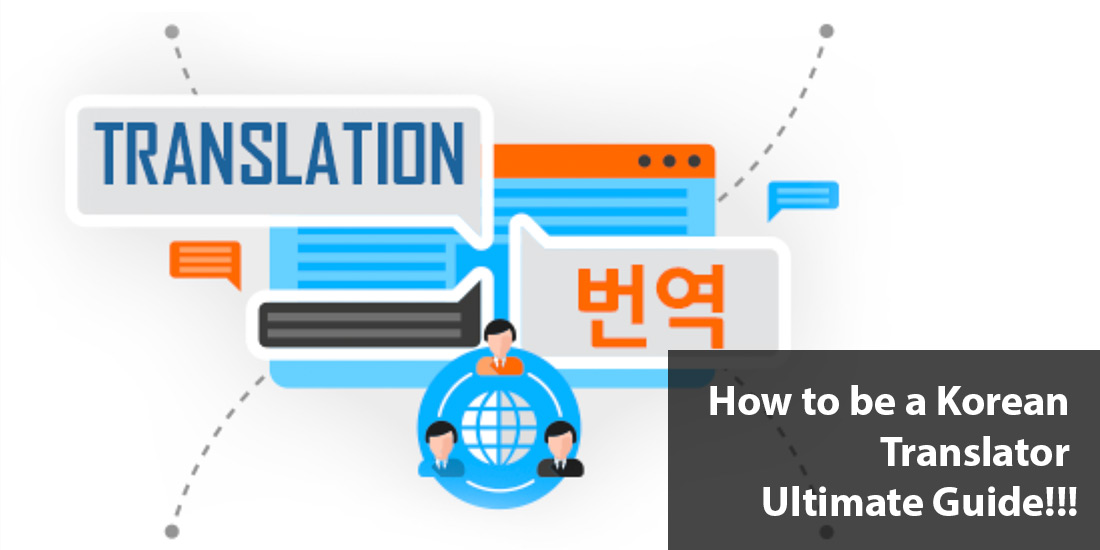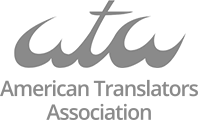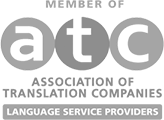What Is A Korean Translator
A certified or accredited Korean translator is a translation professional that helps transcribes or translates written and spoken information from one language to another. Often working for corporations, governments, education, translation companies, publications, or freelancing, they are the people that connect cultures and countries together. In this article, we discover how to be a korean translator.
The Korean language is more difficult to translate than other languages due to their different language rules, sentence structures, and topic/particle markers.
Often these differences lead to major translation errors, making it hard to find reliable Korean translators.
How to be A Korean translator?

Teaching how to be a Korean Translator
Certification
Being certified as a Korean translator is not required. Still, it is a way to differentiate your resume from your competitors. Currently, three large associations offer accredited Korean to English, Chinese, or Japanese certification tests.
NAATI
National Accreditation Authority for Translator and Interpreter is an examining body for translators in Australia. The purpose of NAATI is to set, maintain, and promote high professional standards for the translating sector.
Each certification provides quality assurance and confidence to customers that rely on Korean translators for their business and services. It also provides credibility to agencies that are looking for certified Korean translators.
The NAATI’s Korean Certified Translator test is an objective assessment of the skills and competencies needed to be a translator in Australia. It also holds weight in other countries, but it is primarily used in Australia for official purposes including:
- Migration or Passport and Visa applications
- Applications to universities and professional bodies
- Submission of documentation to the court
- Translation of driver’s licenses
ATA KLD
The American Translators Association Korean Language Division is part of the American Translator Association. The American Translator Association is the largest professional association of translators in the United States, with over 10,000 members in more than 100 countries.
ATA’s primary goal is to support and foster the professional development of translators and help them excel in their professions. Helping these individuals with a variety of programs and services including one-day workshops, webinars, and yearly annual conferences that features translation education in diverse languages and specialties
Currently, the ATA KLD only provides English To Korean and Korean to English, limited to a certain few members. As this is a fairly new accreditation, both the E-K and K-E translation groups will work with the ATA Certification Committee. This is done by attending the orientation sessions and training workshops both online and on-site.
Korean Society of Translation
KST is a non-profit organization that is focused on improving the quality of Korean Translators by providing certifications, training, conferences, and workshops.
Currently, they offer English, Japanese, Chinese (Mandarin), German, French, Spanish, Russian, and Vietnamese to Korean language pairs.
They have different specialized levels of testing to verify the competency and ability as a Korean translator. As you pass each of these tests, there are more levels for a more professional setting.
Level 1: Verifies your ability to translate as a Professional Korean Translator. Evaluating translation speed, accuracy, and transcreation.
Level 2: Verifies your linguistic skills and professionalism of both the academic and technical skills of your field. Testing your industry knowledge to see if you have an understanding of the original text and how accurate the source text is when translated.
Level 3: Verifies your abilities to work in a global company or government setting. Evaluating the level of common sense, cultural, and practical knowledge. Having an in-depth understanding of both original and source language.
The industries that the KST tests are Humanities, Social Science, Economics, and Science and Technology.
These tests are usually held in March, July, and November every year. These test centers are in Seoul, Busan, Daegu, and Gwangju.
Those who pass the test will be awarded a Certificate of Translation Competence by the President of the Korean Translator Association and the Chairman of the Translation Test Evaluation Committee.
How to be a Korean Translator: Schools You can Attend
Although there aren’t specific Korean translation degrees, learning Korean from a prestigious school can help improve your overall understanding of the language.
Sejong Korean Language School
Sejong Korean Language School is the top-rated Korean Language School and currently offers online classes. They are Ministry of Education (MOE) registered and teach Korean from basic to advanced level.
Each level’s curriculum is aligned to the Test of Proficiency in Korea examinations (TOPIK), making it the best school to attend without visiting Korea.
Only taught by native Korean teachers, learn the Korean language and culture by using local Singaporean examples, languages, and references to help excel your learning.
Each teacher speaks excellent English, and they are all trained in-house to make sure all your Korean language needs are met.
Currently, their two branches are located in Tanjong Pagar and Jurong.
GANADA Korean Language Centre
GANADA is a well-known Korean Language School in Bugis, Singapore. Staffed by native Korean Teachers that have completed their teaching program for Korean Language Teachers at Seoul National University, you can learn authentic Korean without going to Korea.
They offer both standard courses and TOPIK exam-focused prep courses. At the moment, they are also offering online courses, so take advantage and gain a deeper insight into the Korean culture and language.
How to be a Korean Translator: Tips on The Korean Language Translation
Importance of Romanization

Korean Alphabet: Start to learning how to be a Korean Translator
Korean is a different language in terms of grammar, structure, and sounds. Some sounds don’t exist in English, and that makes the romanization of English words into Korean difficult.
For example, Sinchon, Sincheon, and Sicheong are all different places. This makes it hard to pronounce if you don’t know the difference in pronunciation.
Numeral System
Koreans have three different number systems: Korean Numbers, Sino-Korean, and Ordinal Numbers. These numbers are used daily for different situations, similar to English.
Korean Numbers are used for counting age, objects, and people.
Sino-Korean Numbers are used for counting phone numbers, addresses, dates, and money.
Once you count over 100, Korean numbers are often not used, and Sino-Korean numbers take over.
Using the incorrect number system will sound strange, so make sure you understand the context when translating for other businesses.
| Numeral | Sino-Korean | Native Korean | Ordinal |
| 0 | 공 (gong) 영 (yeong) 제로 (jero) | ||
| 1 | 일 (il) | 하나 (hana) | 첫째 (cheot-jjae) |
| 2 | 이 (ee) | 둘 (dul) | 둘째 (dul-jjae) |
| 3 | 삼 (sam) | 셋 (set) | 셋째 (set-jjae) |
| 4 | 사 (sa) | 넷 (net) | 넷째 (net-jjae) |
| 5 | 오 (o) | 다섯 (dah-seot) | 다섯째 (dah-seot-jjae) |
| 6 | 육 (yuk) | 여섯 (yeo-seot) | 여섯째 (yeo-seot-jjae) |
| 7 | 칠 (chil) | 일곱 (il-gop) | 일곱째 (il-gop-jjae) |
| 8 | 팔 (pal) | 여덟 (yeo-deol) | 여덟째 (yeo-deol-jjae) |
| 9 | 구 (gu) | 아홉 (ah-hop) | 아홉째 (ah-hop-jjae) |
| 10 | 십 (ship) | 열 (yeol) | 열째 (yeol-jjae) |
| 20 | 이십 (ee-ship) | 스물 (seu-mul) | 스물째 (seu-mul-jjae) |
| 30 | 삼십 (sam-ship) | 서른 (seo-reun) | 서른째 (seo-reun-jjae |
| 100 | 백 (baek) | 온 (on) | 온째 (on-jjae) 백째 (baek-jjae) |
| 200 | 이백 (ee-baek) | 이백째 (ee-baek-jjae) | |
| 1,000 | 천 (cheon) | 즈믄 (jeu-meun) | 천째 (cheon-jjae) |
| 2,000 | 이천 (ee-cheon) | 이천째 (ee-cheon-jjae) | |
| 10,000 | 만 (mahn) | 골 (gol) | 만째 (mahn-jjae) |
| 100,000 | 십만 (ship-mahn) | 십만째 (ship-mahn-jjae) | |
| 1,000,000 | 백만 (baek-mahn) | 백만째 (baek-mahn-jjae) | |
| 10,000,000 | 천만 (cheon-mahn) | 천만째 (cheon-mahn-jjae) | |
| 100,000,000 | 억 (eok) | 잘 (jahl) | 억째 (eok-jjae) |
| 1,000,000,000 | 조 (jo) | 울 (ul) | 조째 (jo-jjae) |
Abbreviations and Slang
Word Choice and Trends are big in Korea. They are constantly creating abbreviations, fashion, and cultural changes — and that’s what makes Korea unique. This gives Koreans a unique identity and allows them to connect with each other.
For example, 아라 (arah) is an abbreviation of 아이라인 (eye line).
Keeping up with the latest trends and cultural shifts is important when you uncover on how to be a korean translator, especially if your translating marketing copy.
Why Choose TranslateRight For Online Translation Services
Translated Right is a certified professional technical translation agency that provides online translations online in 50+ languages. Our translation services languages include English, Chinese, Malay, Tamil, Japanese, French, and more. Providing fast, accurate, and reliable, professional translation services for all types of documents, formats, and lengths.
With over 5000+ professional and experienced translators, we’ve filtered out the best translator using our stringent and detailed interviewing process, ensuring that you can hire only the best-qualified person for your specific translation document.
This has allowed us to simplify the whole entire technical translation process, resulting in a smooth application process.
This is seen by our 1000+ of satisfied customers from our competitive prices, friendly and efficient translation services.
If you’re looking for a translation service near me that can translate from a source language to the desired target language that conforms to the requirements of the technical side of your industry, Translated Right can help you today.
Providing a streamlined and hassle-free process, get your document translated by a professional service today.









